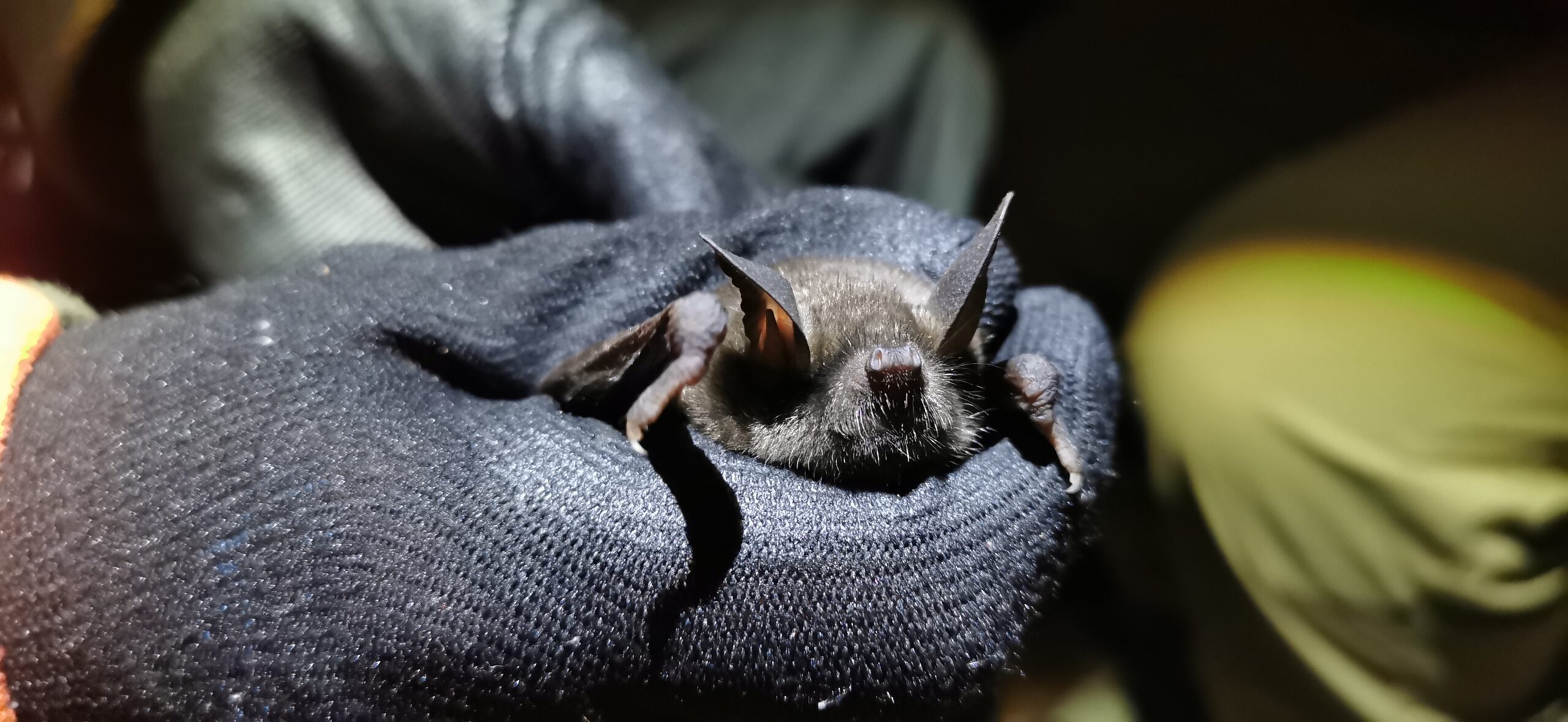More than 100 conservation professionals will fly into Waikato this week for a native bat protection conference.
The event, which will be hosted by the Department of Conservation (DOC), is planned to follow recently published information about the latest official threat classification for the two New Zealand bat species which are the long tailed and short tailed.

DOC said long tailed bats have the highest threat ranking of ‘Threatened-Nationally Critical’ while the subspecies of short-tailed bats ranged from ‘Threatened-Nationally Vulnerable’, ‘Threatened-Nationally Increasing’, and ‘At Risk-Declining’.
DOC ecology technical advisor Jess Scrimgeour said New Zealand’s native bats had a growing profile as people became more aware of the threats they faced and how and why they needed to be protected.
“Our conference will cover the latest research on the species, survey and monitoring work to understand more about the bats, as well as discussion on predator control methods and the various mitigations available to protect bats,” she said.
“Developing our understanding of the animals is crucial to our ongoing conservation efforts, and by bringing together professionals involved means we can ensure we’re all across the latest information and using it to drive our work.”
The conference will also feature topics such as the impact of wind farms on the winged mammals, the “social organisation”, the singing of male short-tailed bats, and the occupation of artificial roosts by bats found in suitable habitat in Hamilton.




